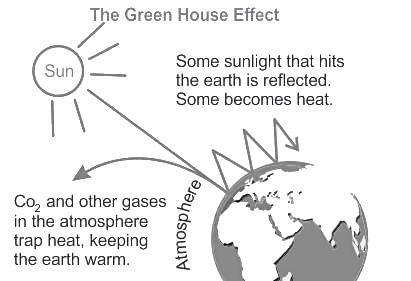HSSC TGT Science Mock Test - 10 - HSSC PGT/TGT MCQ
30 Questions MCQ Test HSSC TGT Mock Test Series 2025 - HSSC TGT Science Mock Test - 10
Which of these are not principles of child development?
A. Development occurs due to interaction between maturation and experience
B. Experience is the sole determinant of development
C. Development is determined by reinforcement and punishment
D. Development can accurately predict the pace of each individual child
Which of the following methods of energy production can lead to greenhouse effect?
What is the purpose of wearing seat belts while driving or riding in a vehicle?
A charged particle is moving on circular path with velocity v in a uniform magnetic field B, if the velocity of the charged particle is doubled and strength of Magnetic field is halved, then radius becomes
In Krebs cycle the FAD participates as electron acceptor during the conversion of
The dimension of the temperature coefficient of resistivity is
Which class of algae is known for producing hydrocolloids such as algin and carrageen, which are used commercially?
According to the law of conservation of mass, a balanced chemical equation has
It has been observed that the ratio of the molar heat of vaporisation of liquid and its normal boiling point is approximately same for most of the liquids (called Triton's rule) Which of the following does not follow this rule
Assertion: If a predator is too efficient and overexploits its prey, then prey might become extinct.
Reason: The predator will also become extinct for lack of food.
Continuity of cytoplasm from the cell to cell is maintained through cytoplasmic connections in plants called
Each seminiferous tubule is lined on its inside by:
Metal posses two types of valency- Primary (ionizable) and secondary (non-ionizable) is the postulate of


















